
AeroGenie: il tuo copilota intelligente.
Tendenze
Categories
Investigation Underway After Dreamliner Diverts Over China
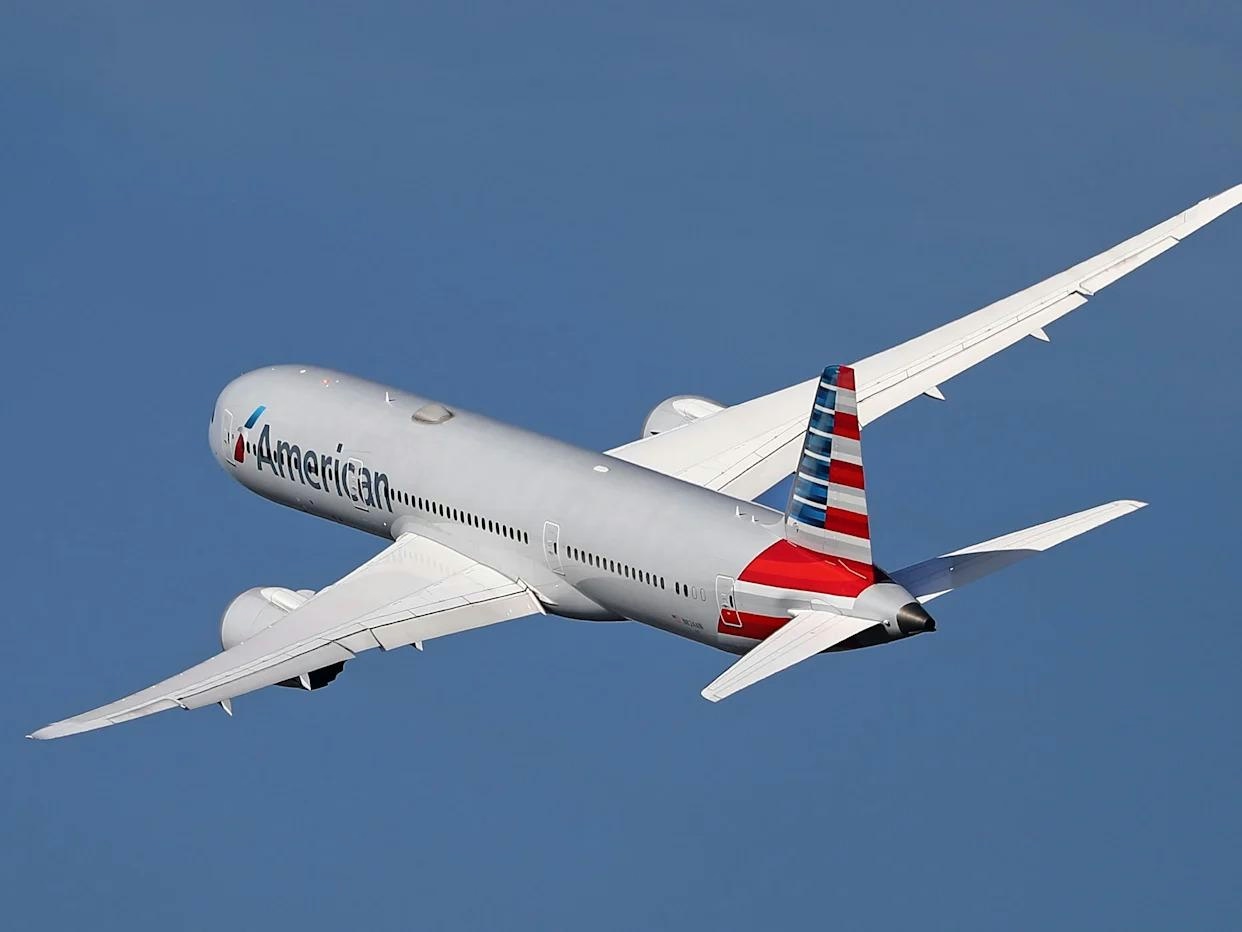
Investigation Underway After Dreamliner Diverts Over China
A LOT Polish Airlines Boeing 787-9 Dreamliner was compelled to divert to Urumqi, China, on Friday, August 15, following a reported engine issue during its flight from Tokyo Narita to Warsaw. The aircraft, registered SP-LSA and operating as flight LO-80, was cruising at an altitude of 11,000 meters over western China when the crew detected a technical problem with one of its Rolls-Royce Trent 1000 engines. In response, the pilots initiated a descent and diverted to Ürümqi Tianshan International Airport (URC), where the jet landed safely on runway 26R approximately an hour and a half later. Passengers were subsequently rebooked on alternative flights to continue their journeys.
The precise nature of the engine fault has not been disclosed, and LOT Polish Airlines has refrained from providing further details. The aircraft remains grounded in Urumqi as investigations proceed. This incident has reignited scrutiny of the Rolls-Royce Trent 1000 engines, which have a documented history of reliability challenges. Designed specifically for the Dreamliner program, the Trent 1000 engine has accumulated over 20 million flight hours but has been plagued by persistent technical issues. Notably, fatigue cracking in turbine blades led to extensive inspections and temporary groundings in 2016, while regulatory restrictions on ETOPS (Extended-range Twin-engine Operational Performance Standards) clearance for certain variants were imposed in 2018.
Broader Implications for Airlines and Manufacturers
These ongoing reliability concerns have disrupted airline operations globally. Major carriers including Virgin Atlantic, British Airways, Air New Zealand, All Nippon Airways, Gulf Air, and Norwegian Air have all faced operational challenges linked to the Trent 1000. Some have been forced to adjust schedules or temporarily ground portions of their Dreamliner fleets while awaiting repairs or modifications.
The latest incident presents renewed challenges for Boeing, which must address heightened safety concerns surrounding the Dreamliner. Regulatory authorities are expected to intensify scrutiny as they investigate the cause of the diversion. Maintaining customer confidence will be crucial for both Boeing and its airline partners, particularly as market reactions could be swift and adverse. Investor sentiment may be negatively affected if the event raises broader doubts about the 787’s safety, potentially impacting Boeing’s stock performance. Meanwhile, competitors may leverage the situation to emphasize the safety records of their own aircraft, and some airlines might consider precautionary groundings of Dreamliner fleets pending further findings.
Rolls-Royce continues efforts to enhance the Trent 1000’s durability, most recently introducing a Durability Enhancement package featuring redesigned turbine blades. Nevertheless, the recurrence of engine-related incidents highlights the ongoing operational and reputational risks faced by both the engine manufacturer and Boeing.
As the investigation unfolds, the aviation industry will be closely monitoring updates regarding the cause of the incident and any potential ramifications for the global Dreamliner fleet.
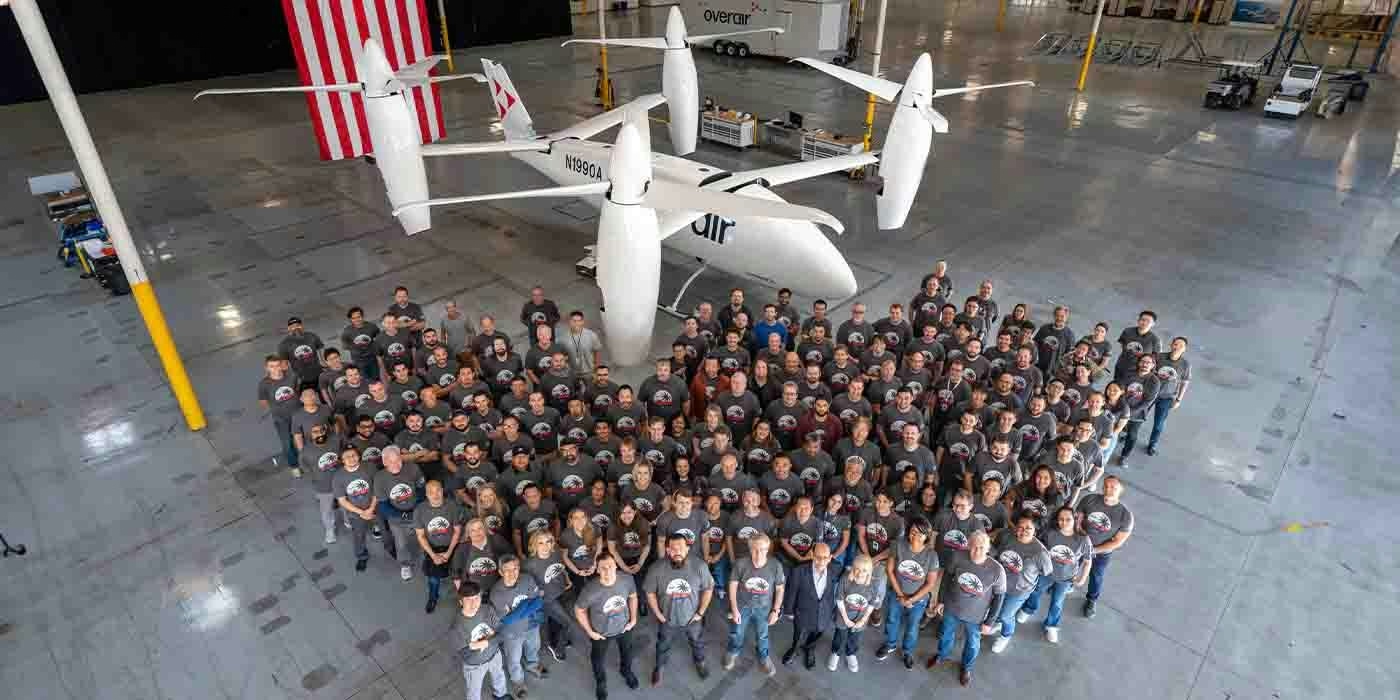
Unique mixed-propulsion eVTOL completes transition flight testing
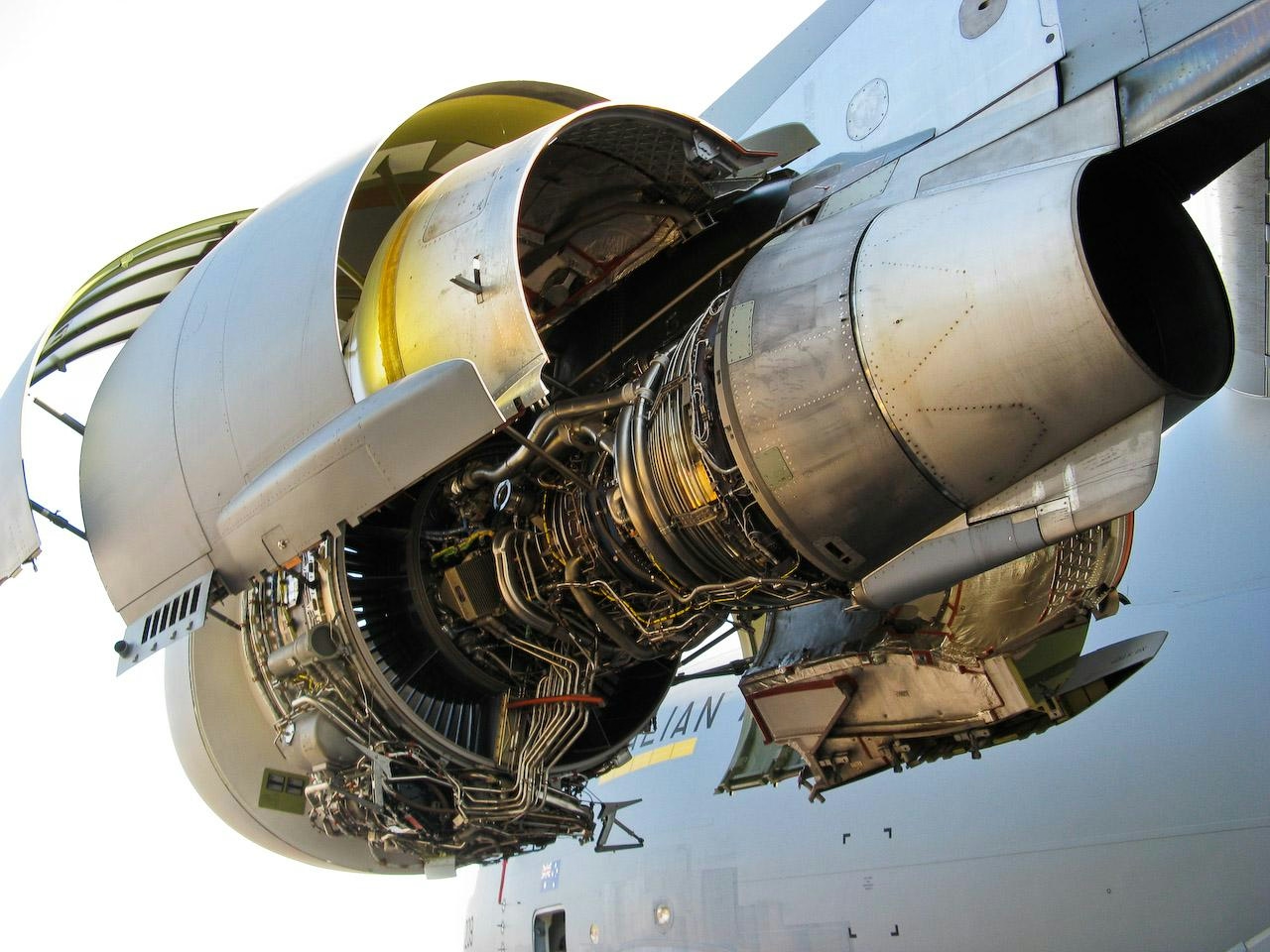
Are C-17 Globemaster Engines Derived from Boeing 757?
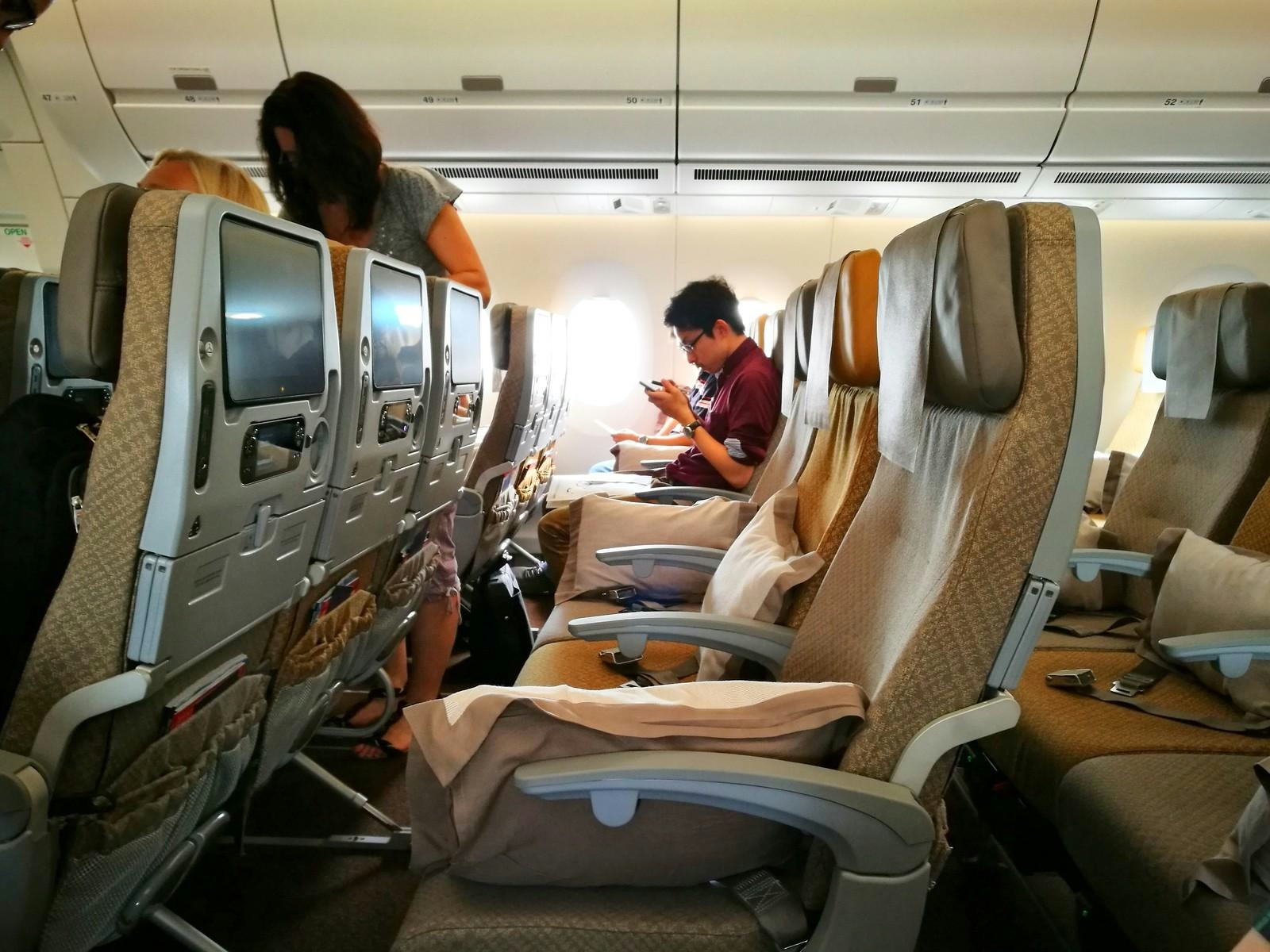
Why the Airbus A350’s Cabin Is Quieter Than Other Aircraft
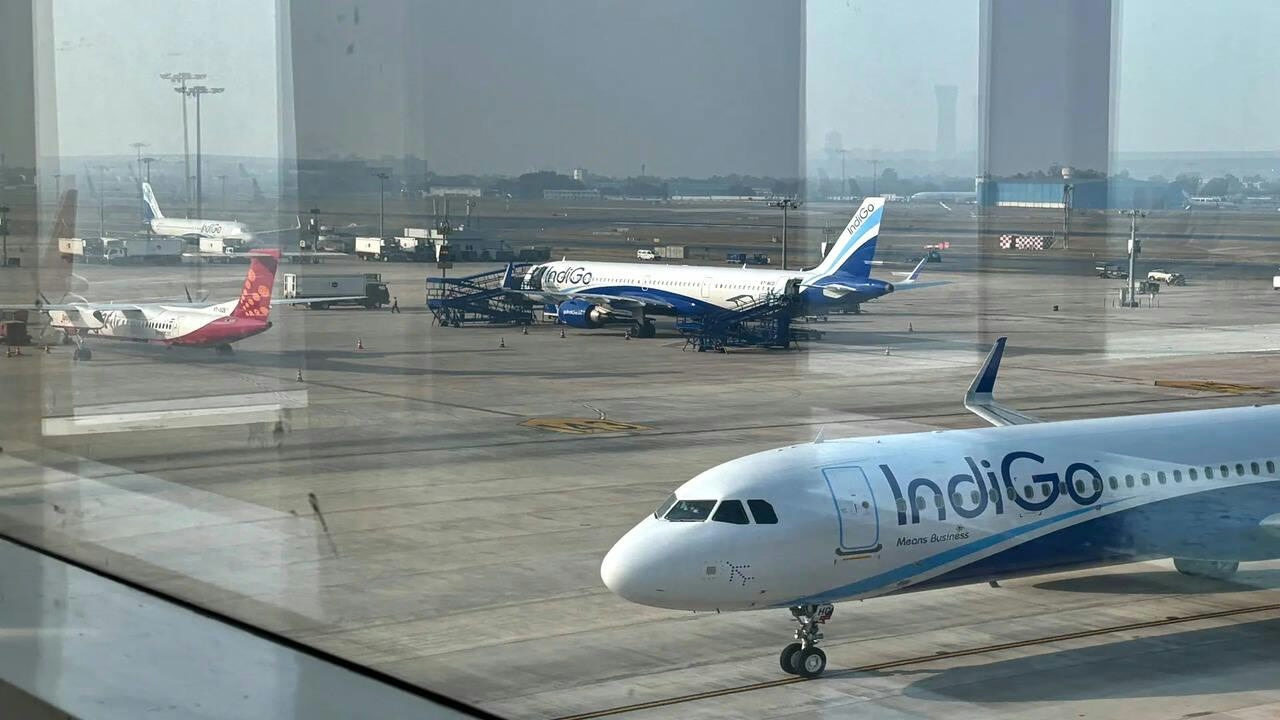
AI and AI Express Plan to Increase Capacity Amid IndiGo Flight Disruptions
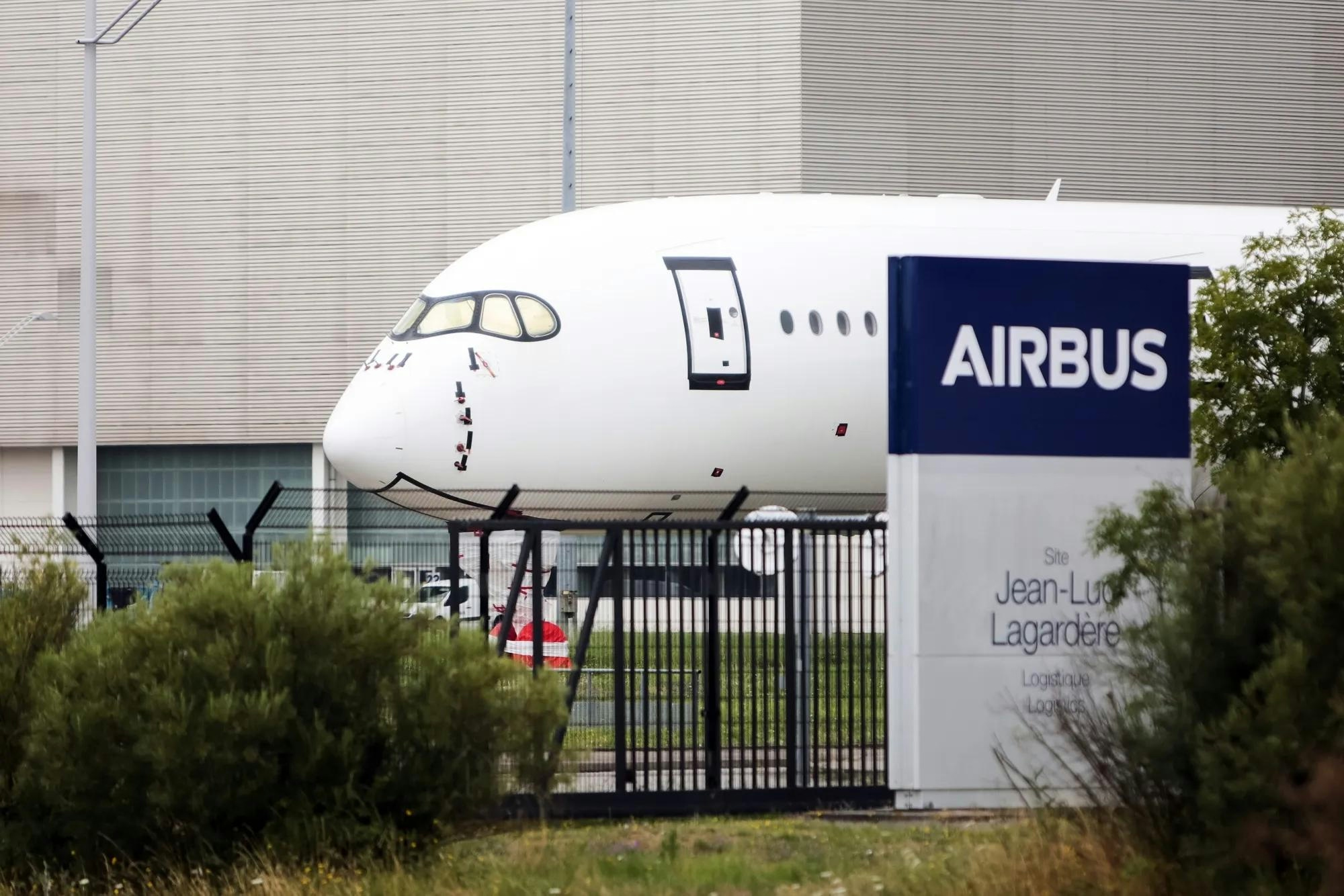
Kazakhstan and France Agree on Airbus Aircraft Deliveries

Europe’s Emerging Talent Drives Aviation Innovation
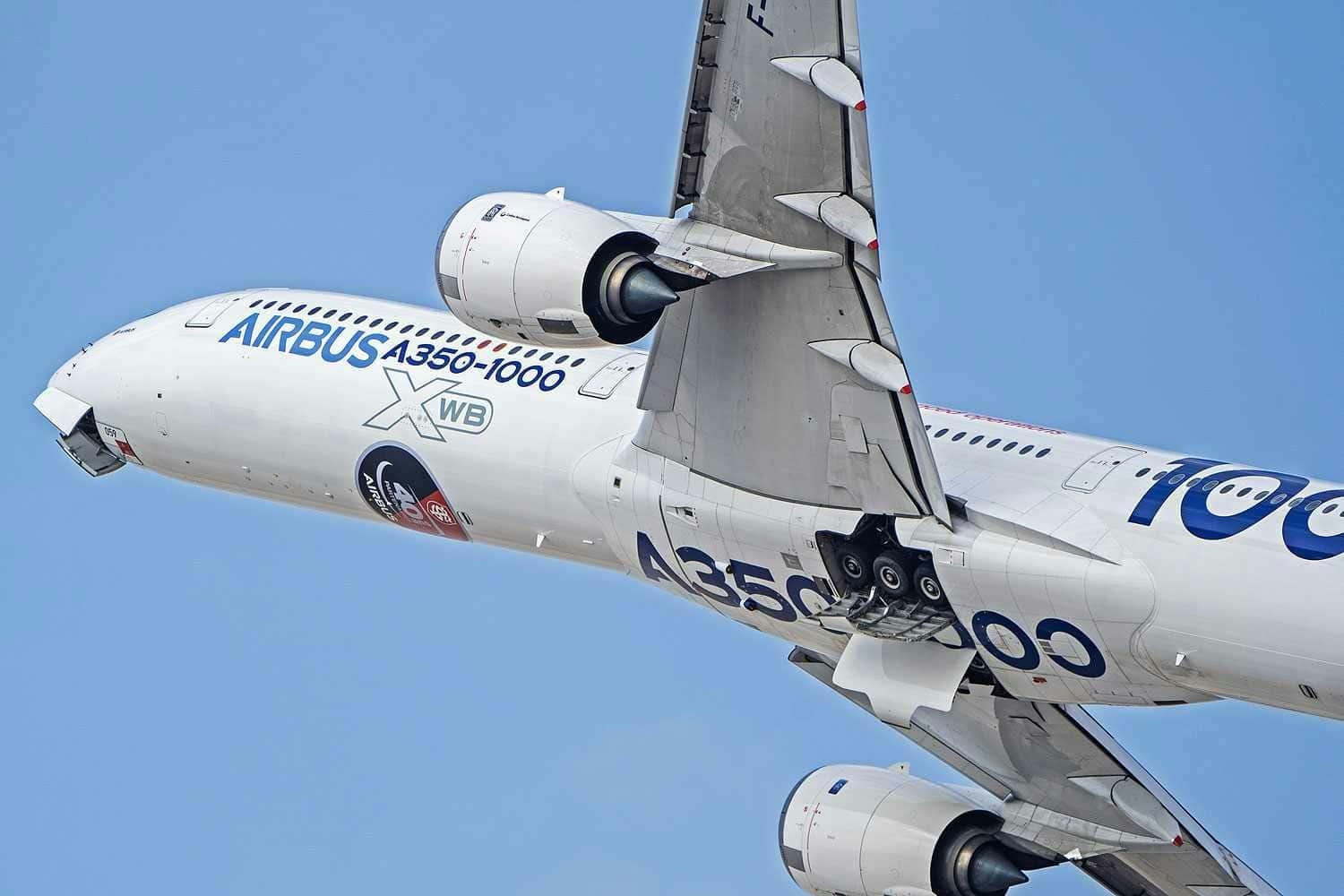
Airbus Receives New Order for A350-1000
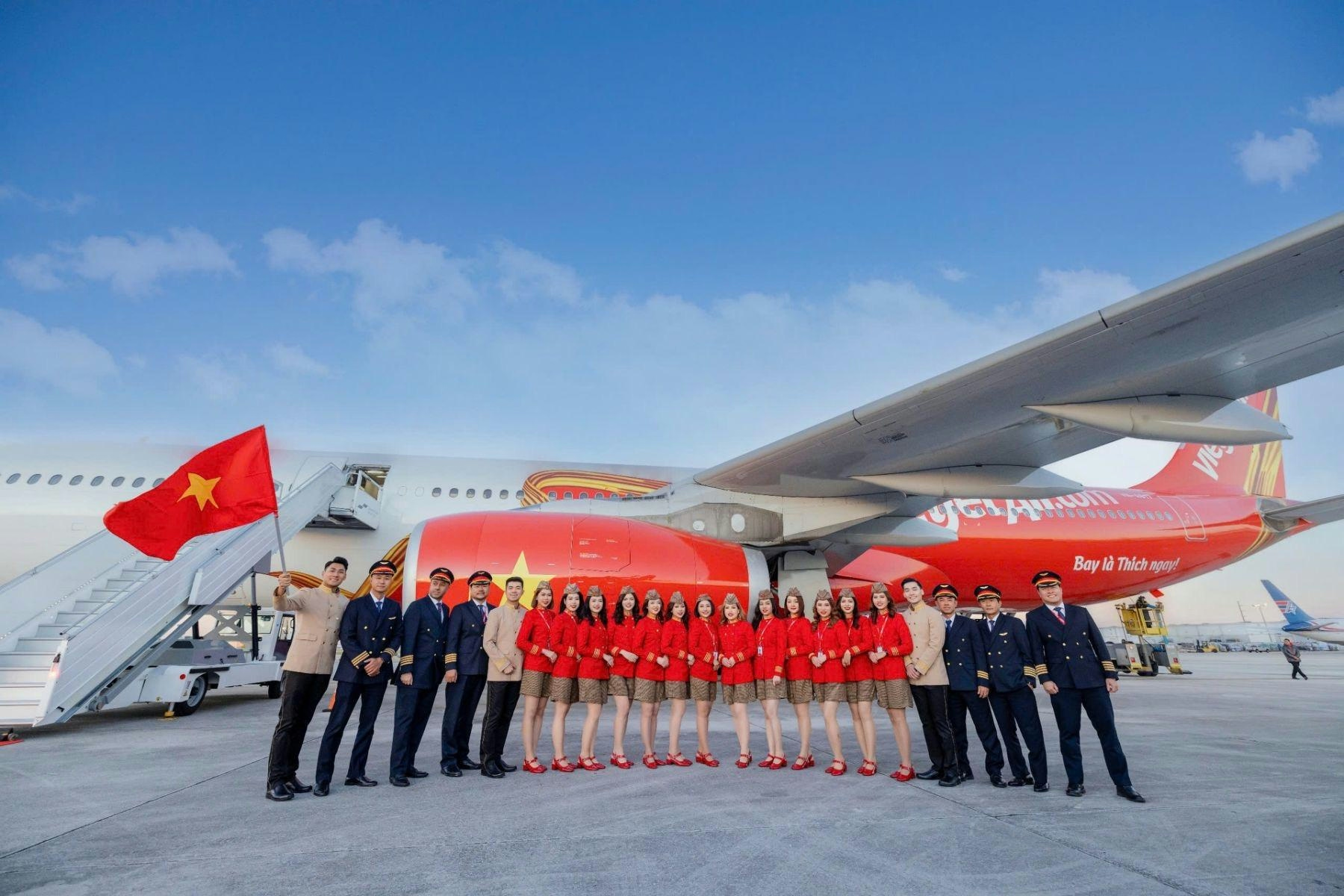
The Leading Widebody Aircraft in Service Today
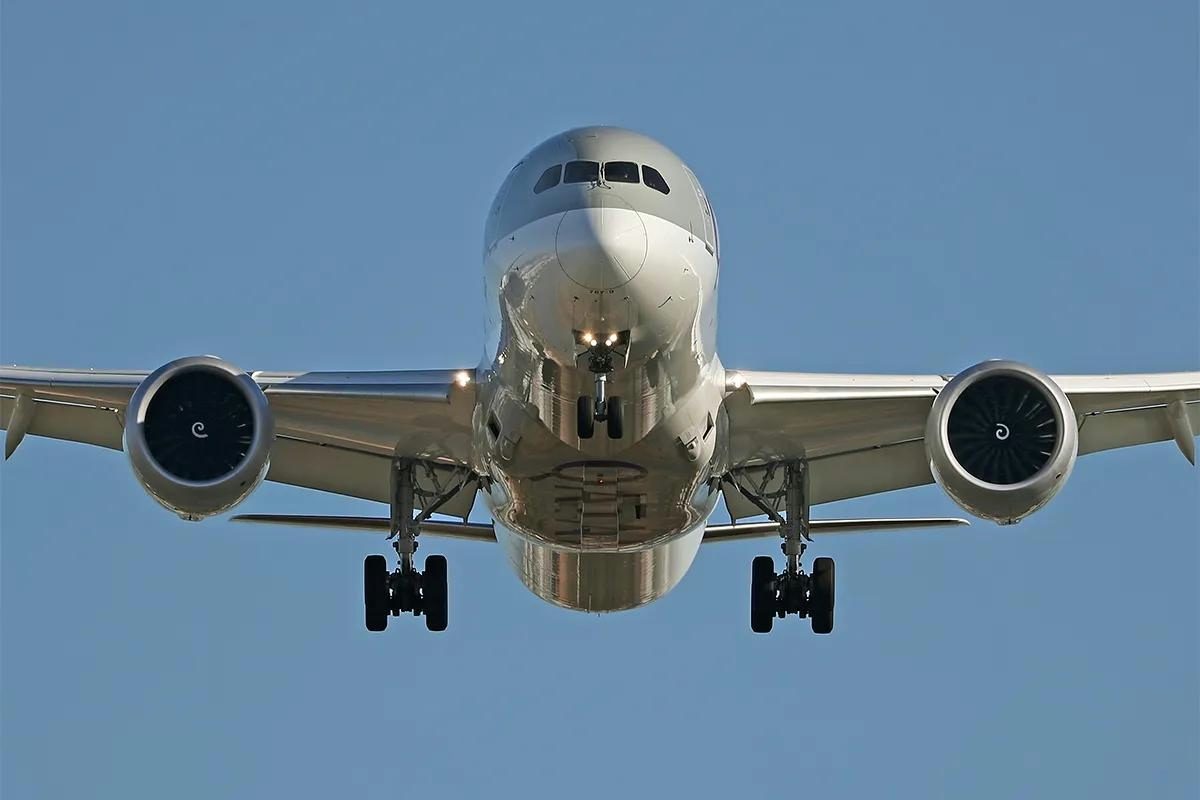
The Fastest Boeing Jet Currently in Service
